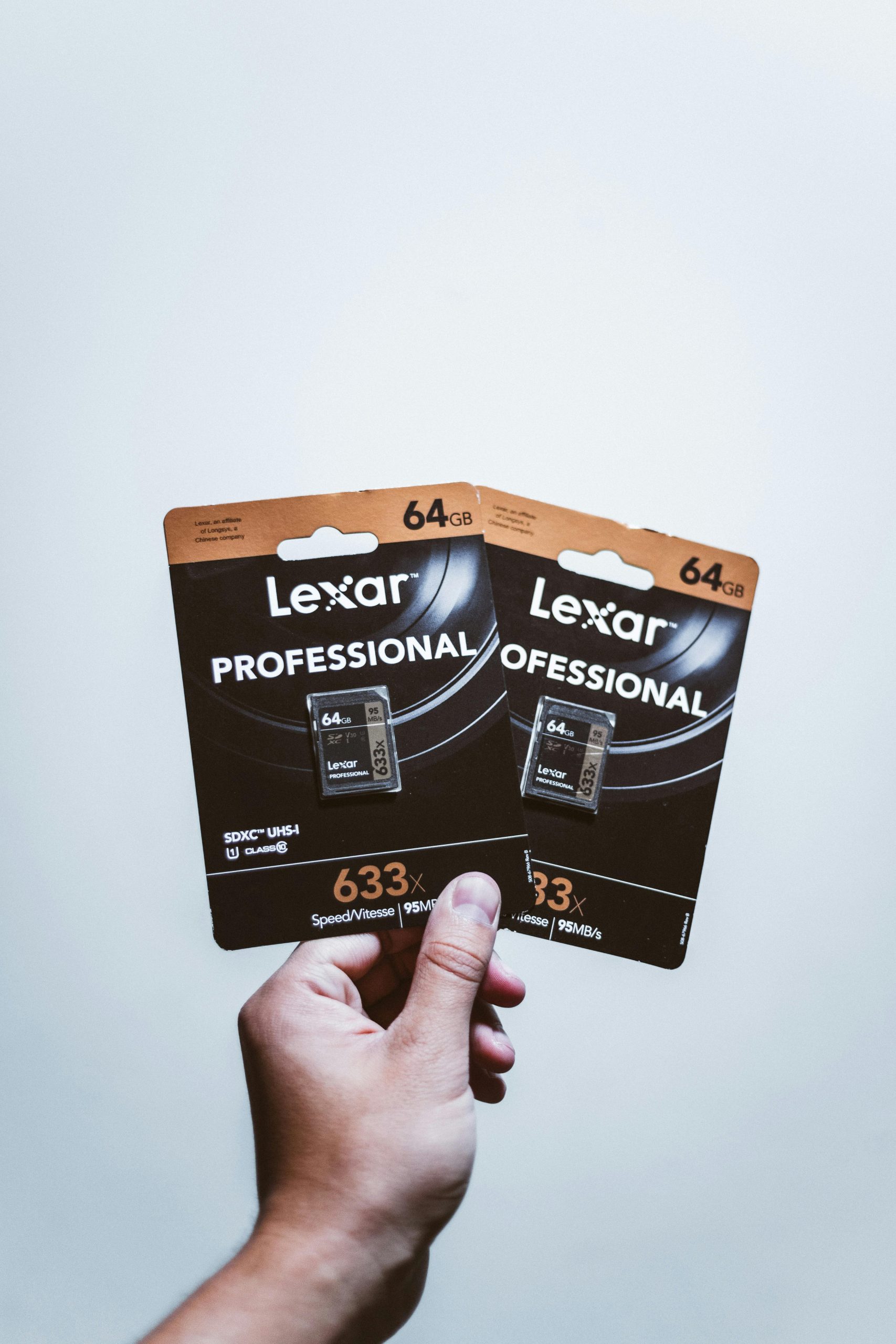Choosing the Perfect Laptop for Web and App Development: A Comprehensive Guide
Embarking on a journey into web and app development requires the right technological tools to support your studies and future projects. One of the most critical decisions involves selecting a suitable laptop that balances performance, portability, and cost. If you’re contemplating between different MacBook models for your educational pursuits, this guide aims to clarify the key considerations to help you make an informed choice.
Understanding Your Needs
Before delving into specific models, it’s essential to assess your workload and technical requirements. As a budding web and app developer, you’ll likely engage in activities such as coding, testing, and possibly running local servers or development environments. While demanding tasks like extensive 3D rendering or high-end graphics might necessitate more powerful machines, typical development workflows are often manageable on mid-range hardware.
Comparing the Options
Let’s examine two popular MacBook configurations currently available:
- MacBook Air 13-inch with 512GB SSD and 32GB RAM
-
Price: Approximately $2,200 (Swedish market)
-
MacBook Pro 14-inch with M4 Pro chip, 512GB SSD, and 24GB RAM
- Price: Approximately $2,840 (Swedish market)
Key Factors to Consider
Performance vs. Portability
The MacBook Air is renowned for its lightweight design, making it ideal for students on the move. Its M2 chip (assuming the latest model) delivers ample power for most web and app development tasks. The substantial 32GB RAM enhances multitasking and handling complex projects.
The MacBook Pro 14-inch, equipped with the M4 Pro chip, is designed for more intensive workloads. It features a more robust cooling system with fans, enabling sustained high performance during prolonged sessions. However, if your work routine doesn’t involve heavy computation or graphics processing, this may be more than necessary.
Cost Efficiency
The price difference of roughly $600 favors the MacBook Air, which might provide better value for typical development needs. Investing in additional RAM on the Air could compensate for slightly lower processing power, providing a balanced setup.
Thermal Management and Fan Noise
While the Pro’s cooling system allows for sustained performance, for lighter tasks, the fan noise might be negligible or even unnecessary. If your workflow is primarily coding, testing, and light app development, the Air’s passive cooling system could suffice.
Final Recommendations
- For students focusing on web and

